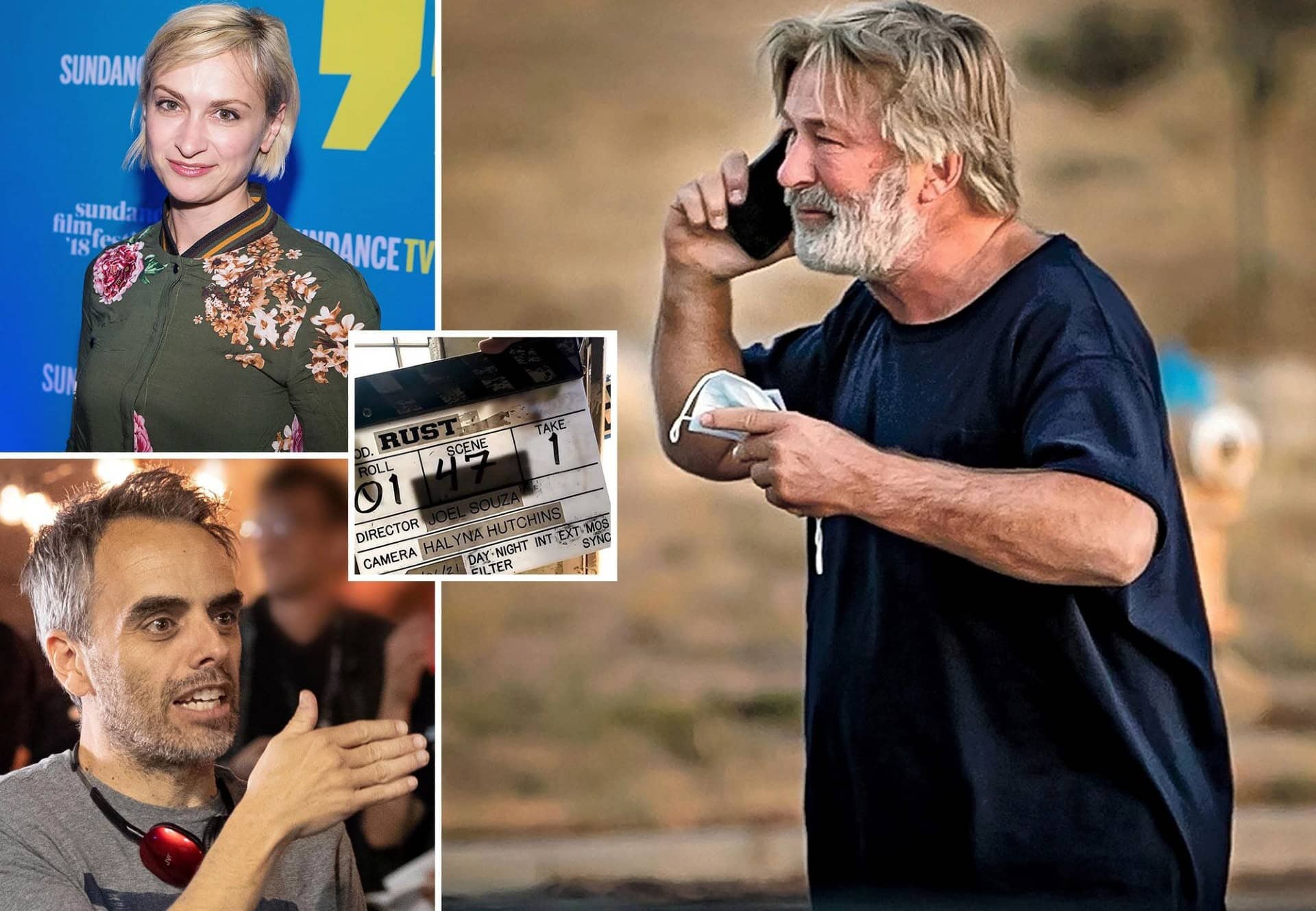So here’s my take: It’s on YOU. It’s always on YOU! The moment you touch a gun, YOU are responsible for anything and everything that happens with that gun. Today’s article from attorney Mike Nellinger lays out some things to think about regarding the shooting on the set of Alec Baldwin’s movie. Mike is a uniquely qualified person to write this article as he is also a former FFL, Certified Firearms Instructor and currently owns Top Shot Firearms Simulator near downtown Indy. I’ve been in numerous sessions with Mike at Top Shot and we even handle the laser pistols the EXACT same way we would handle loaded firearms. May we all learn from the tragedy of this event and may our thoughts and prayers be with all involved.
Stay sharp and stay safe.
Jim Anthony – IRGO Founder
Basic Safety
Unfortunately, the short version is this. Alec Baldwin didn’t follow basic gun safety protocols when he accidentally shot and killed his cinematographer, Halyna Hutchins, 42, and critically wounded his Director, Joel Souza, 48, while filming his latest movie at the Bonanza Creek Film Ranch in Santa Fe, New Mexico. Anyone who has been to a shooting range would have that drilled into them. And Baldwin, an actor who has been in many movies using guns, must surely have had this explained to him many times.
There are four universally recognized rules regarding the safe handling of firearms, which are as follows:
1. Treat all guns as though they are always loaded, and always perform a clearance check every time you pick one up!
2. Never point your gun at anything that you are not willing to destroy!
3. Keep your finger OFF the trigger and outside the trigger guard until you are on target and have made the decision to shoot!
4. Always be sure of your target and beyond!
Baldwin violated at least three of these and arguably all four. Only he is responsible for the ultimate handling of the firearm that caused the death of one person and the serious wounding of another. It appears that a variety of news stories have been written that attempt to refocus the responsibility: “Armorer on Alec Baldwin’s ‘Rust’ set once admitted to being ‘nervous’ about abilities,” “Alec Baldwin assistant director had history of unsafe practices, prop maker says,” “‘Rust’ crew describes on-set gun safety issues and misfires days before fatal shooting,” or “Assistant Director Declared Gun Safe Before Alec Baldwin Fatally Fired It, Affidavit Says.”
YOU Are Responsible
These are all seemingly attempts to avoid blaming Baldwin, arguably in order to protect him from the possibility of criminal charges. Several reports, including the New York Post, suggest the blame may be on other staffers on the set of the now infamous Western, “Rust”. Regardless of who handled the weapon prior to Baldwin, the first rule of gun safety ultimately makes the accident Baldwin’s responsibility. Baldwin was the one who pointed the gun at Hutchins and pulled the trigger.
Baldwin clearly violated Rules 1, 2 and 4, and most possibly 3 as well. The first Rule clearly places the responsibility on the person in possession of the firearm to verify the status of the firearm, loaded, unloaded, or otherwise. Instead, Baldwin apparently relied on staffers’ declarations that the firearm was “cold”, meaning that it was not capable of firing. Obviously, that was not the case in this situation. As most persons familiar with firearms will comment, negligent discharges nearly always occur with a firearm that the possessor assumed to be unloaded. Hence the Rule.
Know The Law
Criminal charges do not require intent for the prosecution of certain actions as crimes.
Baldwin undoubtedly did not have the intent to kill Halyna Hutchins and wound Joel Souza, but as several commentators have observed, if you drive a car recklessly and kill someone, you are still liable for negligent manslaughter, depending on the law of the particular jurisdiction.
For involuntary manslaughter in New Mexico, the prosecution must show that the perpetrator engaged in a lawful but dangerous act and did not act with due caution. A classic example of involuntary manslaughter would be someone shooting a gun into the air while in a crowded place, and a stray bullet accidentally kills a person. The person wasn’t even aiming the gun at someone, but they are still responsible. These actions are reckless, negligent, and criminal, but they lack intent.
In this case, New Mexico has an involuntary manslaughter law, similar to that described above, that would most likely classify this incident as a felony, which in this jurisdiction is punishable by up to 18 months in prison and up to $5,000 in fines. However, whether or not the local Prosecutor decides to indict will most likely become a political decision rather than an objective interpretation based on the facts.
Regardless of the outcome, the four Universal Safety Rules are there for everyone’s safety. If you handle firearms, you must know and follow them or hope your luck, and the luck of those around you, holds up.
- New Indiana Legislation – Constitutional Carry – What Does It Mean? - January 14, 2022
- Alec Baldwin Shooting – What Went Wrong? - October 26, 2021
- The Castle Doctrine and the Three P’s – People, Place and Property – Part 2 - September 29, 2021



